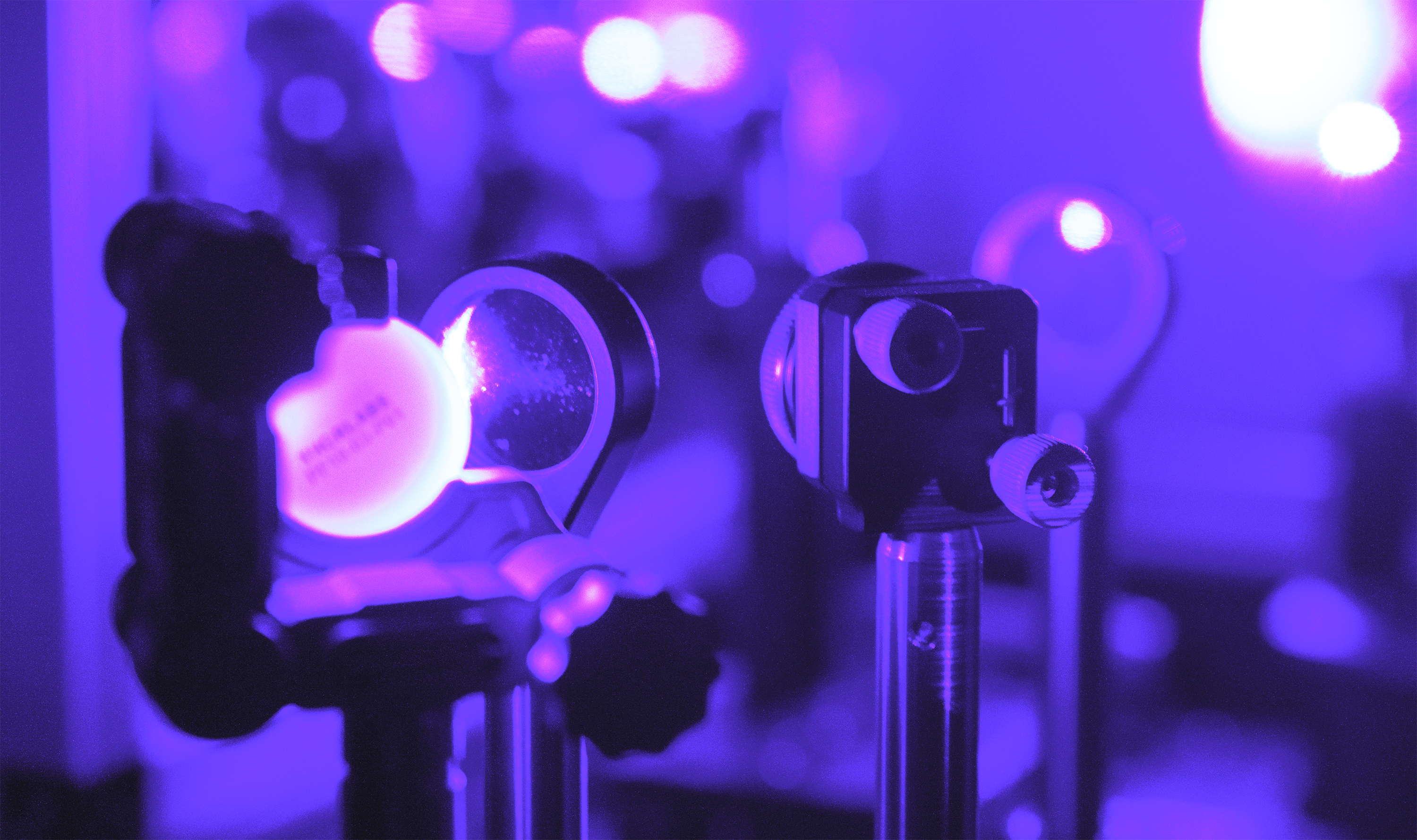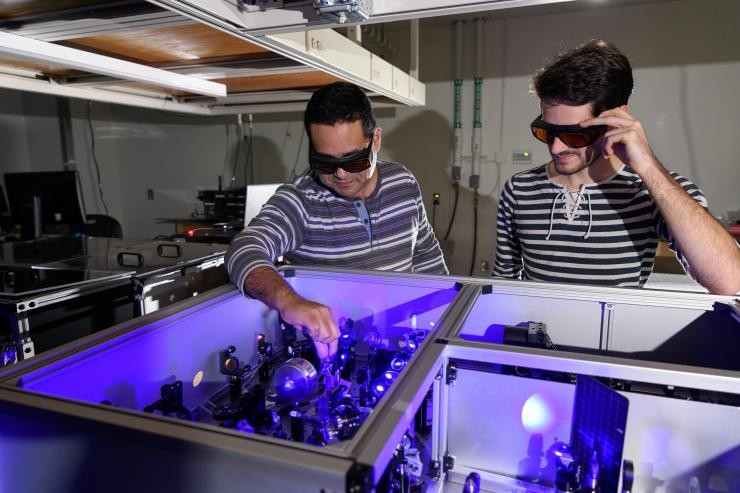An international research team led by the Georgia Institute of Technology illustrates the potential of next-generation semiconducting materials in transforming lighting technology. .
Researchers have found out that the quantum particles of the hybrid semiconductors could create desirable optoelectronic (light-electronic) properties. The particles moving through these new materials also engage the material itself in the quantum action. The researchers were able to measure patterns in the material caused by relating them to the emerging material’s quantum properties and to energy introduced into the material.
These insights could help engineers work productively with the new class of semiconductors. The class of hybrid semiconductors the researchers examined is called halide organic-inorganic perovskite (HOIP), which combines a crystal lattice with a layer of innovatively flexing material.
Beyond their promise of unique radiance and energy-efficiency, HOIPs are easy to produce and apply.

(Image: Georgia Institute of Technology)
“One compelling advantage is that HOIPs are made using low temperatures and processed in solution,” said Carlos Silva, a professor in Georgia Tech’s School of Chemistry and Biochemistry.
It takes high temperatures to make most semiconductors in small quantities, and they are rigid to apply to surfaces, but HOIPs could be painted on to make LEDs, lasers or even window glass that could glow in any color from aquamarine to fuchsia. Lighting with HOIPs may require very little energy, and solar panel makers could boost photovoltaics’ efficiency and slash production costs.

(Image: Georgia Institute of Technology)
The team led by Georgia Tech included researchers from the Université de Mons in Belgium and the Istituto Italiano di Tecnologia. The results were published on January 14, 2019, in the journal Nature Materials. The work was funded by the U.S. National Science Foundation, EU Horizon 2020, the Natural Sciences and Engineering Research Council of Canada, the Fond Québécois pour la Recherche, and the Belgian Federal Science Policy Office.





 CN
TW
EN
CN
TW
EN







